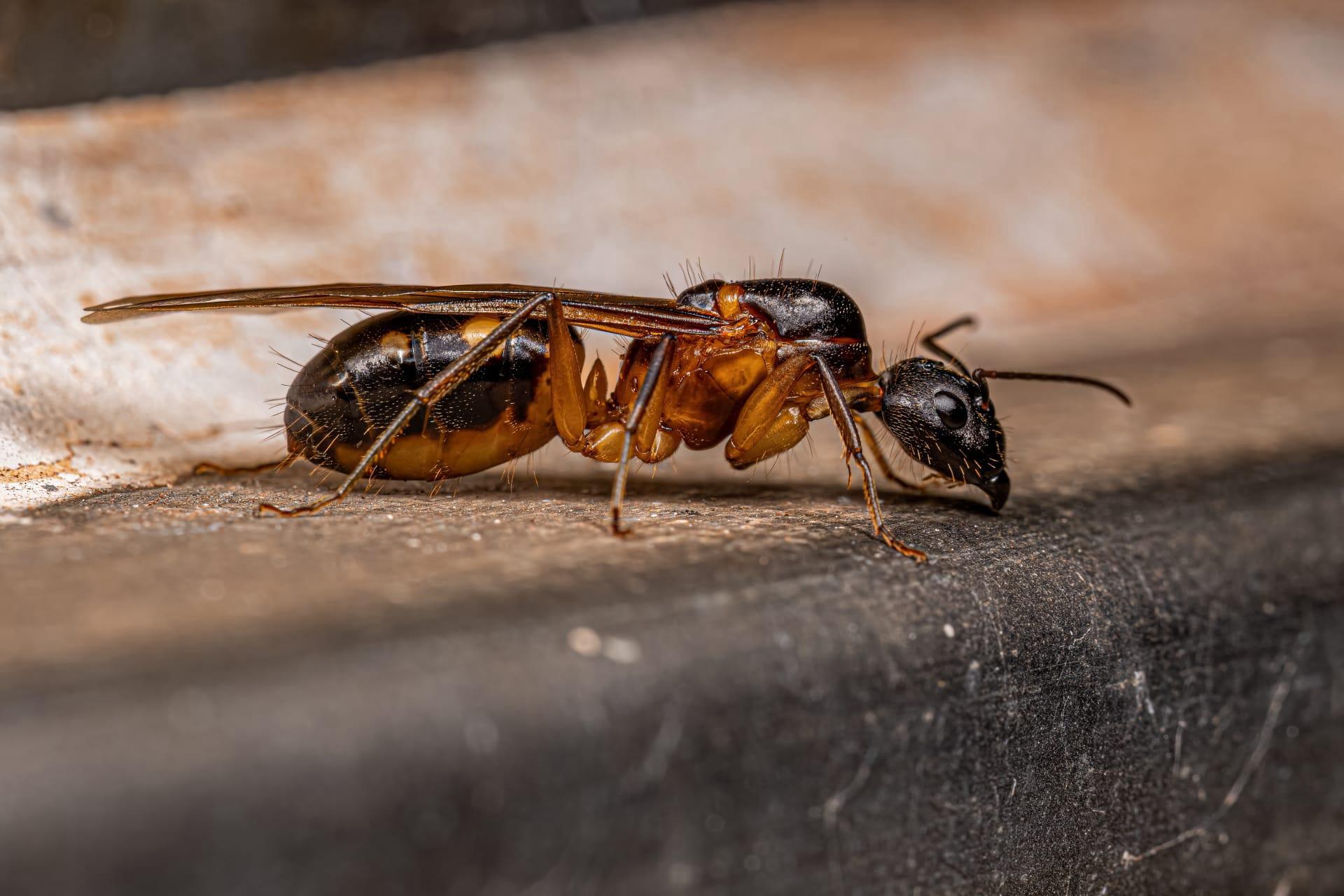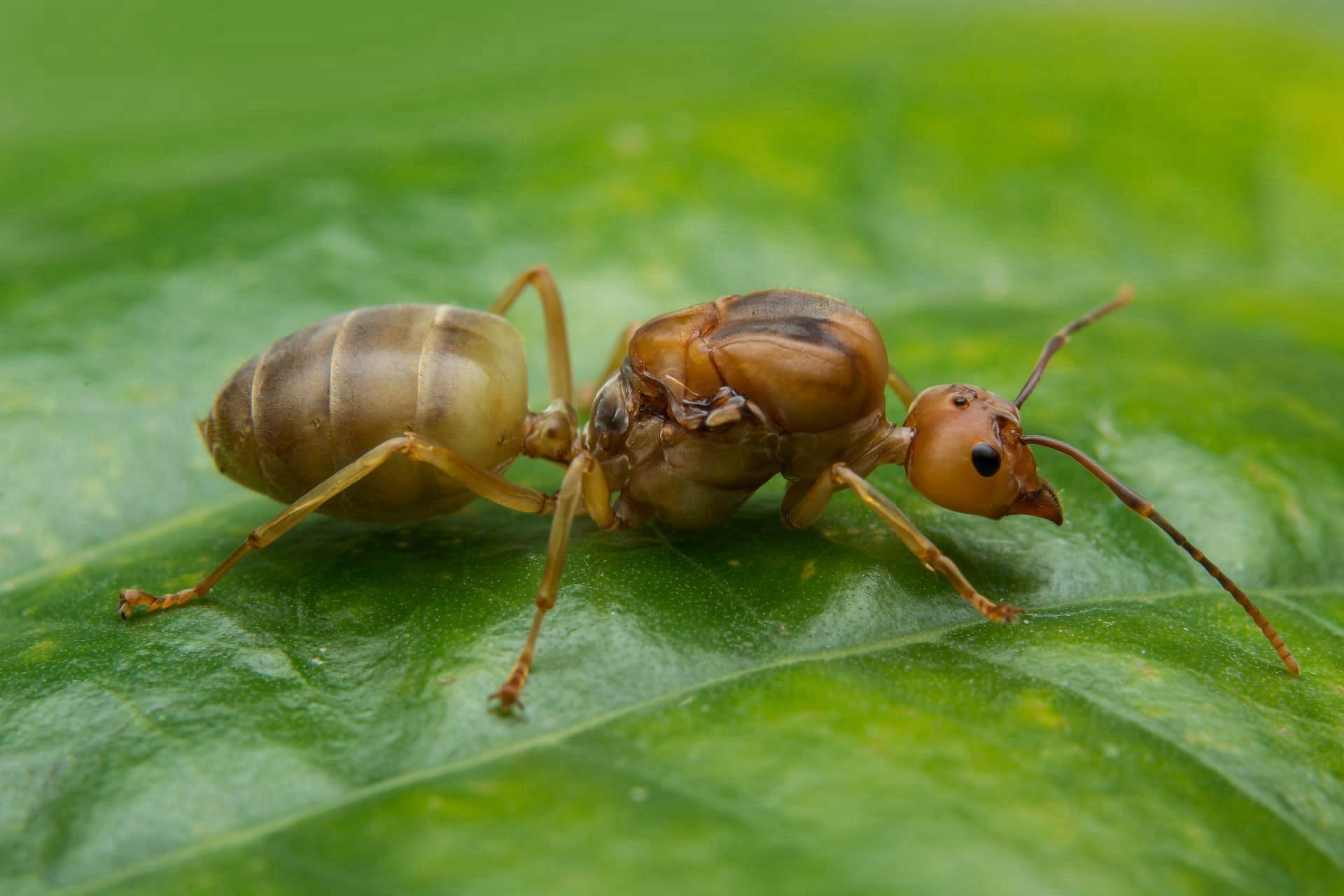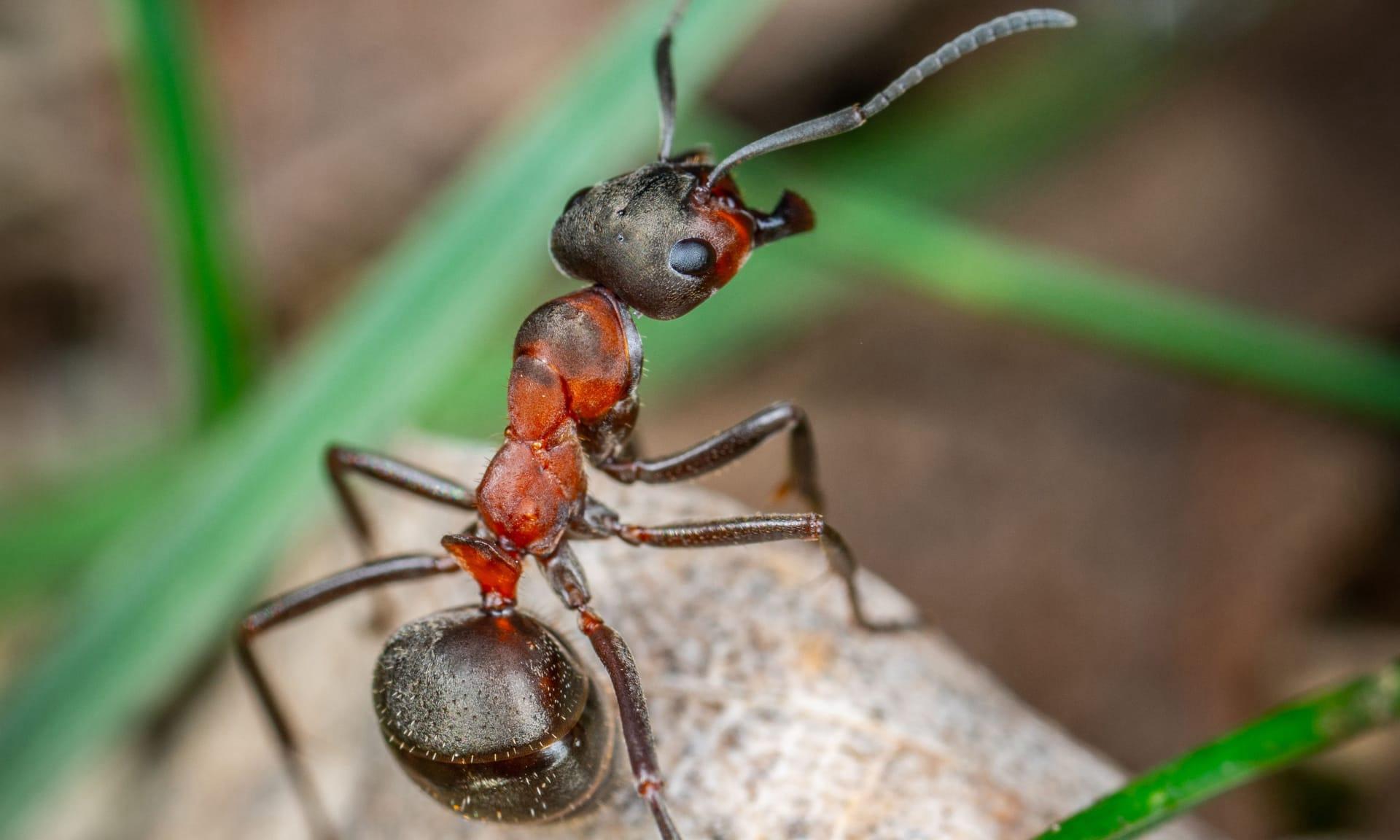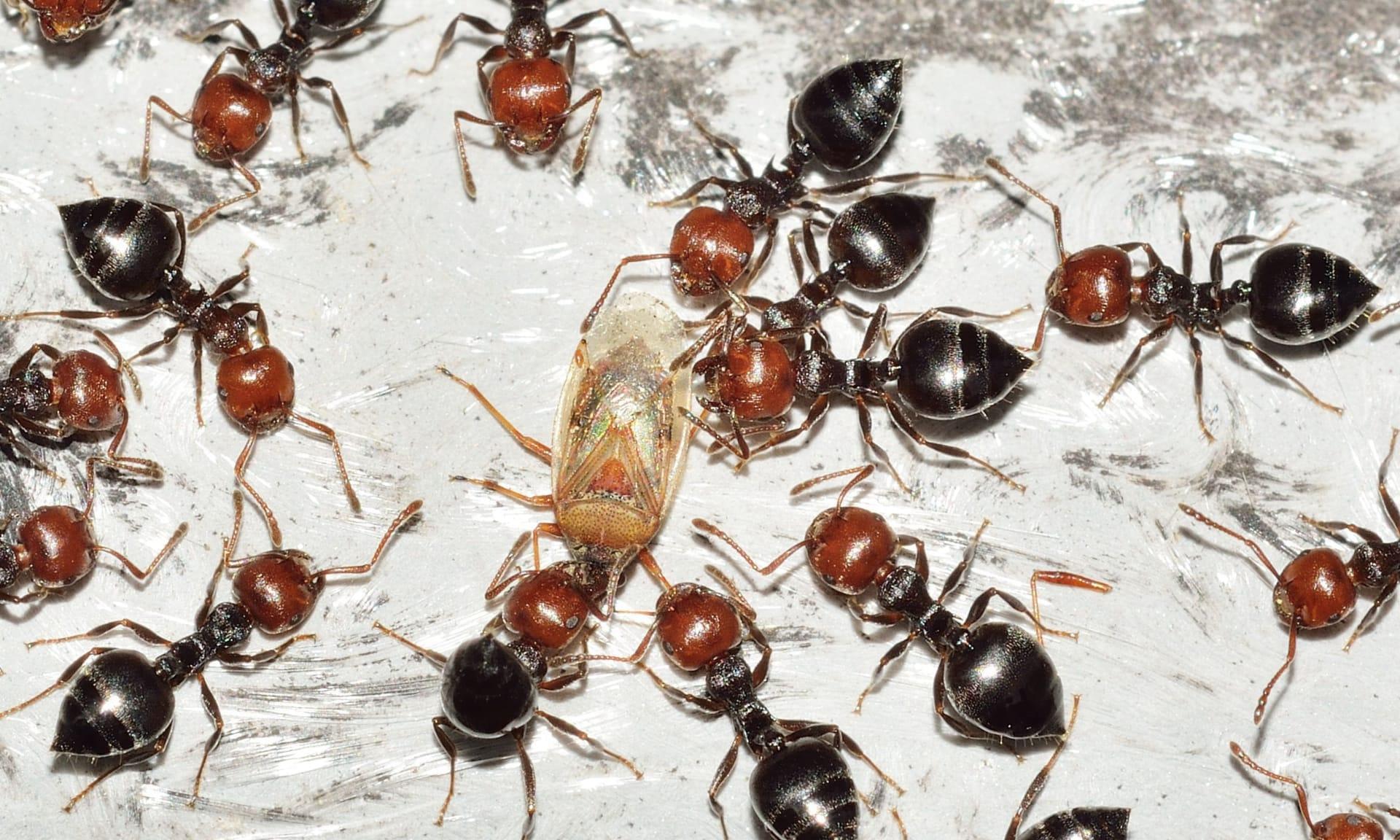Queen Ants
- Home /
- Mini Encyclopedia /
- Animal /
- Queen Ants
1
Queen ants, the reigning monarchs of their colonies, represent a fascinating aspect of the insect world. These queens belong to the Formicidae family, which is part of the order Hymenoptera. This family includes over 16,000 species, each with unique characteristics. The queen's primary role is reproduction, laying thousands of eggs to ensure the survival and growth of the colony. Different species have varying queen sizes, ranging from a few millimeters to several centimeters in length.
These queens are found across the globe, thriving in diverse environments. Their distribution is widespread, with species inhabiting regions from the rainforests of the Amazon to the urban landscapes of New York City. Ants are particularly abundant in tropical regions, but they have successfully adapted to almost every landmass on Earth. Notable for their resilience, queen ants can be found in ecosystems ranging from scorching deserts to damp forest floors, each species expertly adapted to its specific habitat.

2
Question: A common misconception is that all queen ants have wings. Is this true?
Answer: Actually, not all queen ants have wings. While it's true that many species of queen ants are born with wings, they use them solely for their nuptial flight, which is a part of their mating process. After this flight, they often shed their wings. For example, the queens of the well-known species, the black garden ant (Lasius niger), lose their wings after mating. The presence of wings in queen ants varies significantly across species, and wingless queens are quite common in certain ant groups.

3
Queen ants employ a range of survival strategies to ensure the longevity and prosperity of their colonies. One such strategy is the production of pheromones. These chemical substances are used to communicate with and control the colony. For instance, the queen’s pheromones can suppress the development of new queens from the larvae, thus maintaining her sole reproductive role. Another strategy is the ability to store sperm. After a single mating event, a queen ant can store sperm for years and use it to fertilize eggs throughout her lifetime, which can span several years or even decades.
Another survival tactic of queen ants involves the creation of new colonies. Some species follow a process called 'budding,' where the queen leaves the original colony with a group of worker ants to establish a new one. In contrast, other species have queens that start a new colony entirely on their own. This solitary foundation requires the queen to perform tasks typically done by workers, like foraging and caring for the larvae, until her own offspring can take over these roles.

4
In the ecosystem, queen ants play a crucial role in maintaining the balance of their environments. They are responsible for the proliferation of ant colonies, which in turn affects various ecological processes. Ant colonies contribute to soil aeration and nutrient recycling, aiding plant growth and health. The presence of queen ants ensures the continuation of these beneficial activities, as they are the sole producers of new ant generations.
The impact of queen ants extends to their interactions with other species. For instance, they engage in mutualistic relationships with aphids, providing them protection in exchange for honeydew. This relationship influences the populations of aphids and their predators, thereby affecting the broader ecological network. Additionally, as a food source for many predators, queen ants are integral in the food chain, supporting the survival of species like birds and lizards.

5
Film: "Empire of the Ants" is a captivating documentary produced by the BBC in 2017. This British film delves into the intricate world of ants, highlighting the role and life of queen ants. It showcases their remarkable survival strategies, the complex social structure of ant colonies, and the various challenges they face in their environment.
Book: "The Lives of Ants" by Laurent Keller and Élisabeth Gordon, published in France in 2009, offers a comprehensive look into the lives of ants, including queen ants. The authors, renowned in the field of myrmecology, provide insights into the behavior, social structures, and ecological impact of these fascinating insects.
Book: Another notable work is "Journey to the Ants" by Bert Hölldobler and Edward O. Wilson, published in the United States in 1994. This book combines scientific rigor with accessible language, exploring the world of ants through vivid descriptions and personal narratives. It provides detailed information about queen ants, their role in colonies, and the extraordinary organization of ant societies.